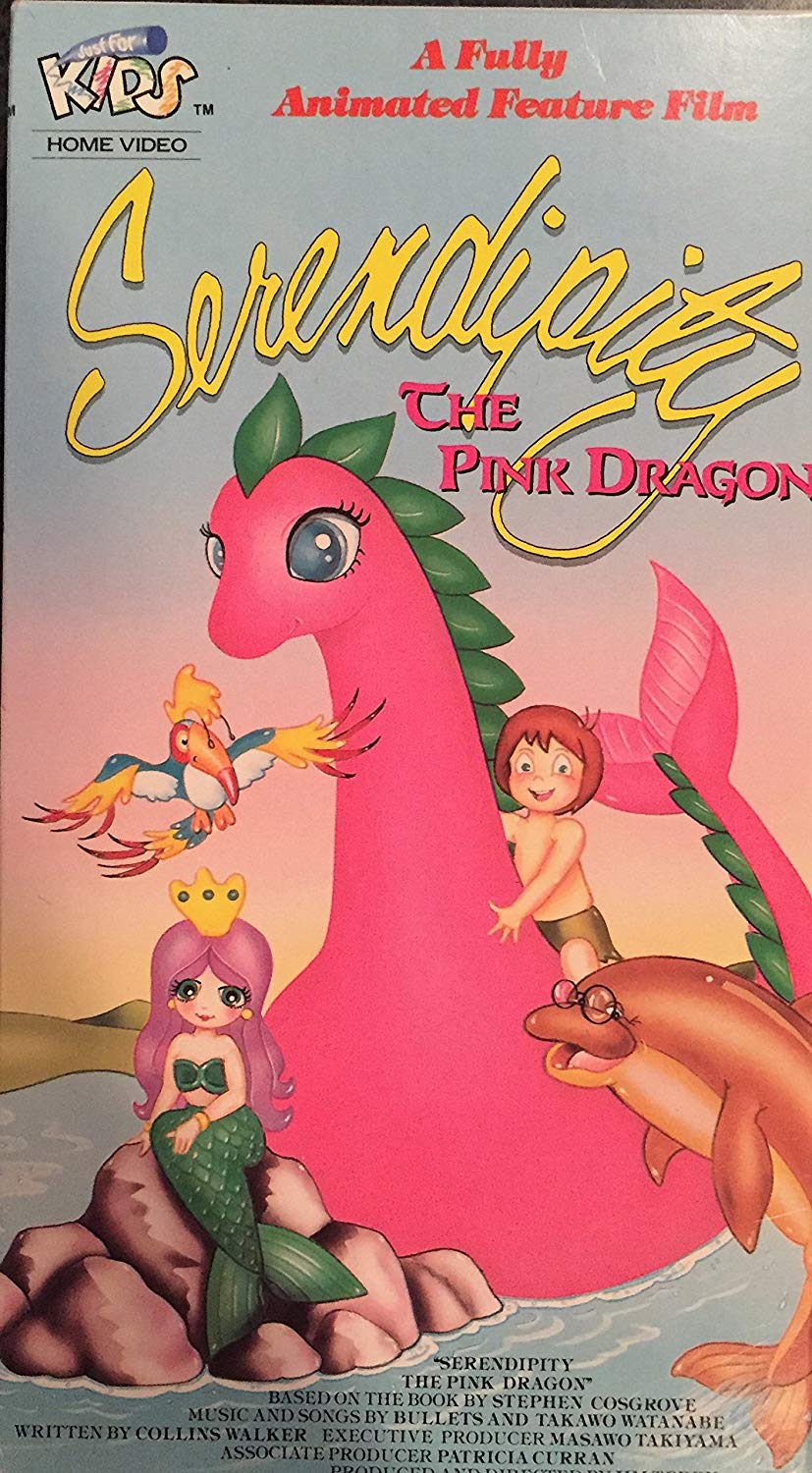One of the key aspects of the MBA experience is the summer internship. This is an opportunity to get experience in your desired role or industry and it is especially important for people looking to use the MBA as a pivot in their careers (like me).
I couldn’t be more excited to announce that I’ll be spending the summer as a Product and Operations Associate at Catch, a Boston-based fintech startup building portable benefits for modern workers. In this post, I will talk about the journey that led me to Catch, but for anyone looking for a TLDR, I couldn’t be more excited about the opportunity to work alongside a seriously impressive team on solving the problem of how to make benefits work for modern workers.
Back to the Future (of Work)
Anyone who has read this blog before will know that one of the topics that has interested me the most in recent years is the future of work. Credit for my interest in this space goes to my wife. She is from a small town in rural Virginia near the Chesapeake Bay. When I say small, I mean small. We are talking 1 stoplight and 3 restaurants small. Her town is absolutely beautiful, but its charm is belied by the fact that her town is dying. What once was a robust example of small-town America has become a shell of its former self. The Northern Neck is one of the most beautiful regions you will find anywhere in the country, located only a short drive from DC and yet the area has been in a downward spiral for years. There simply aren’t the kind of economic opportunities in the region that there once used to be. The smartest and most ambitious leave for school and don’t come back, finding opportunities and a lifestyle more to their liking in the urban centers that have become magnets of modern culture and commerce. Those that don’t leave are forced to contend with an opportunity set that is constantly eroded by offshoring, poor public education, and decades of underinvestment in core infrastructure and services. I think this phenomenon of the divergence of economic fortunes and the feeling that so many workers have been left behind by the modern economy underlines much of the social, political, and economic strife that the US and many other countries around the globe find themselves facing.
The juxtaposition of the Northern Neck’s natural beauty compared to its bleak economic outlet was what first made me begin to ask questions about why this divergence was occurring. I thought about why our work hasn’t kept pace with our needs as workers. I thought about how you could bring economic prosperity back to small-town America and why opportunities were so limited during a time when technology allows almost anyone to work almost anywhere. I thought about the different aspects that compose work and how the preferences of modern workers differed from that of our parents and grandparents.
Ultimately, I kept asking myself “What would the corner store of the future look like, and what can be done to help more people participate in the modern, digital economy?”
As an investor, my interest in the future of work coalesced around two fundamental pillars.
1) What can be done to increase access to the digital economy?
2) What can be done to decrease friction for modern workers?
For me, the future of work was never about the latest and greatest productivity tool or as simplistic as work that is simply remote. Maybe those are aspects of the future of work, but I have been chiefly concerned with the larger questions of how workers are changing and how the role of work would have to evolve to keep up.
My interest in this space led me to spend time delving into the creator economy. My thesis was that creators monetizing their unique interests, skills, and resources was an excellent example of an onramp into the digital economy for non-technical workers. As I transitioned from an investor into a full-time student, the creator economy continued to dominate the lion’s share of my attention as an area poised for opportunities.
The Jobs to be Done by Jobs
My interest in the creator economy really came to a head during my most recent semester at Wharton. I took an innovation class that tasked us with developing startup ideas and doing the groundwork for reaching initial validation of our concepts. I started exploring the financial side of the creator economy and hypothesized that current financial solutions wouldn’t be able to serve the needs of this emerging workforce. I thought that the biggest pain point for creators would be difficulty getting access to financing based on the unpredictability of their cashflows and incumbent financial institutions’ utter inability to underwrite income from platforms like Youtube, Twitch, or Substack. When I actually took the time to talk with creators and experts in the space, what I found surprised me. Yes, financing was a pain for creators, but the far greater pain revolved around their access to benefits. The need to take out a loan was something that, while painful, occurred infrequently. Benefits were, on the other hand, were a top-of-mind issue on a nearly daily basis. I realized that income was only an aspect of the “job to be done” by our jobs. We also rely on our jobs for insurance, community, security, prestige, value, identity, and so much more. New platforms provide creators, gig workers, freelancers, and other modern workers with income, but what about insurance, paid time off, family leave, retirement savings, and the other benefits that have been supplied by employers for nearly 100 years (side note: Catch’s CEO has an excellent examination of the historical drivers that led to the creation of the modern system of benefits)
Ask me what the Catch is
As I continued to explore the impact of benefits on modern workers, I realized that, if anything their effect was understated. Yes, benefits are a pain in the ass for modern workers and that is a huge problem. But what about the traditional workers who want the freedom and ability to pursue work more in line with their interests but never take the jump because they feel chained to their desk by their employer-provided health insurance and 401k? What about the modern workers that never were because of the hurdle provided by the outdated benefits system? If you reduce the friction to pursuing modern work by providing benefits to people no matter where they are and where they work, not only will you make life better for the large, growing group of modern workers, but I believe that you would also unleash a wave of entrepreneurship and economic opportunity for people who previously never had access to the modern economy.
And that’s what got me so excited about Catch! I was discussing my exploration of the space with one of my friends from my time as a VC and he immediately recommended I try to connect with the folks over at Catch. He was a big fan and knew that there were among the leaders in the space of modernizing benefits for modern workers. One conversation led to another and, as fortune would have it, the team had a need for exactly the kind of generalist operational role that I was looking for.
Catch is attacking the massive opportunity of decoupling benefits from work and rebuilding a modern safety net that allows people to take calculated risks and make plans for the future even as they pursue modern jobs that didn’t exist even a handful of years ago.
I am excited to bring what I’ve learned as an investor, operator, and student to contribute as much as possible to the company’s mission. Most of all, I am excited to work next to seriously impressive people working on solving a seriously important problem.
Whenever I have evaluated a company as a VC or angel investor, I have always tried to do a gut check of asking myself “will the world be a better place if this company is successful?”
I honestly believe that the answer to that question for Catch is an unequivocal yes.
And I couldn’t be more excited to do everything I can to try to help make that happen.
If you have thoughts on this post leave a comment below or reach out to me on twitter @abergseyeview where my DMs will forever be open.
If you enjoyed this post, you can subscribe here to receive all of my posts delivered directly to your inbox every Monday morning.
If this is the first time you are reading something I wrote and you want to learn more about me, this is a good place to start. It includes some background on me as well as a collection of my top posts.






























